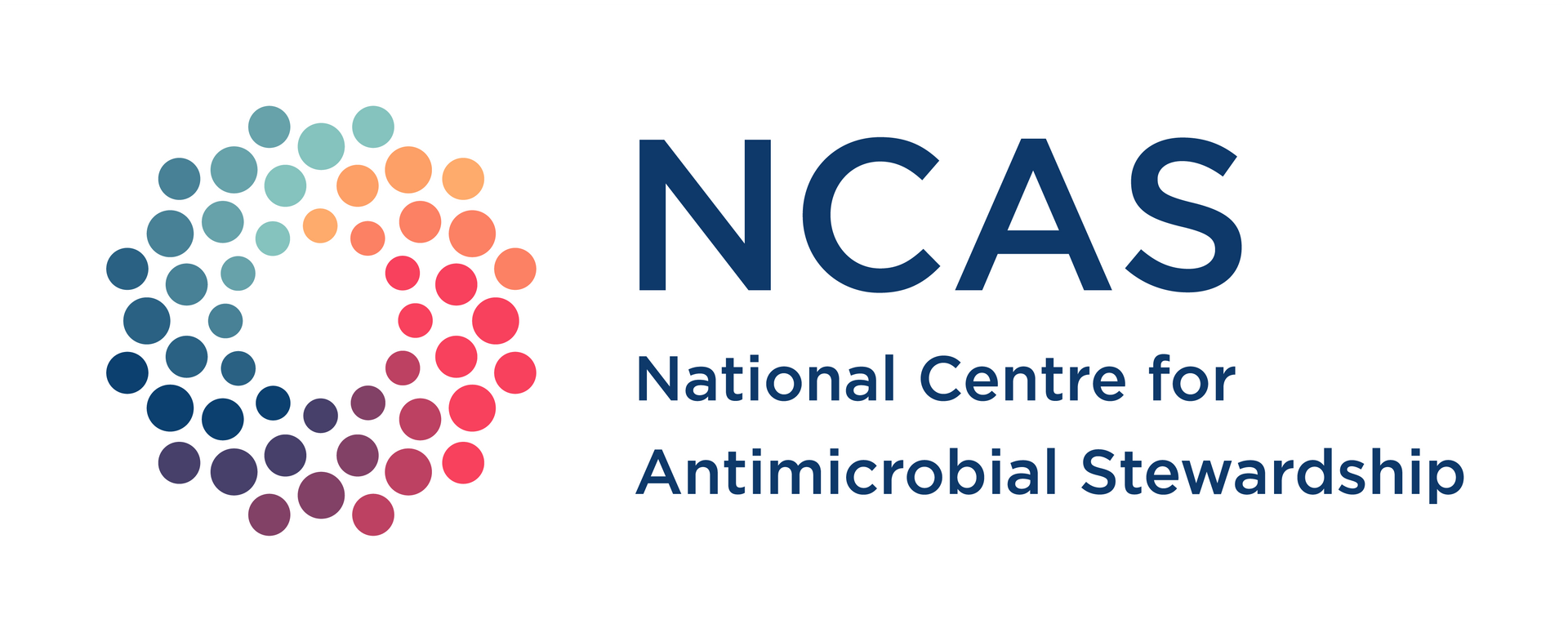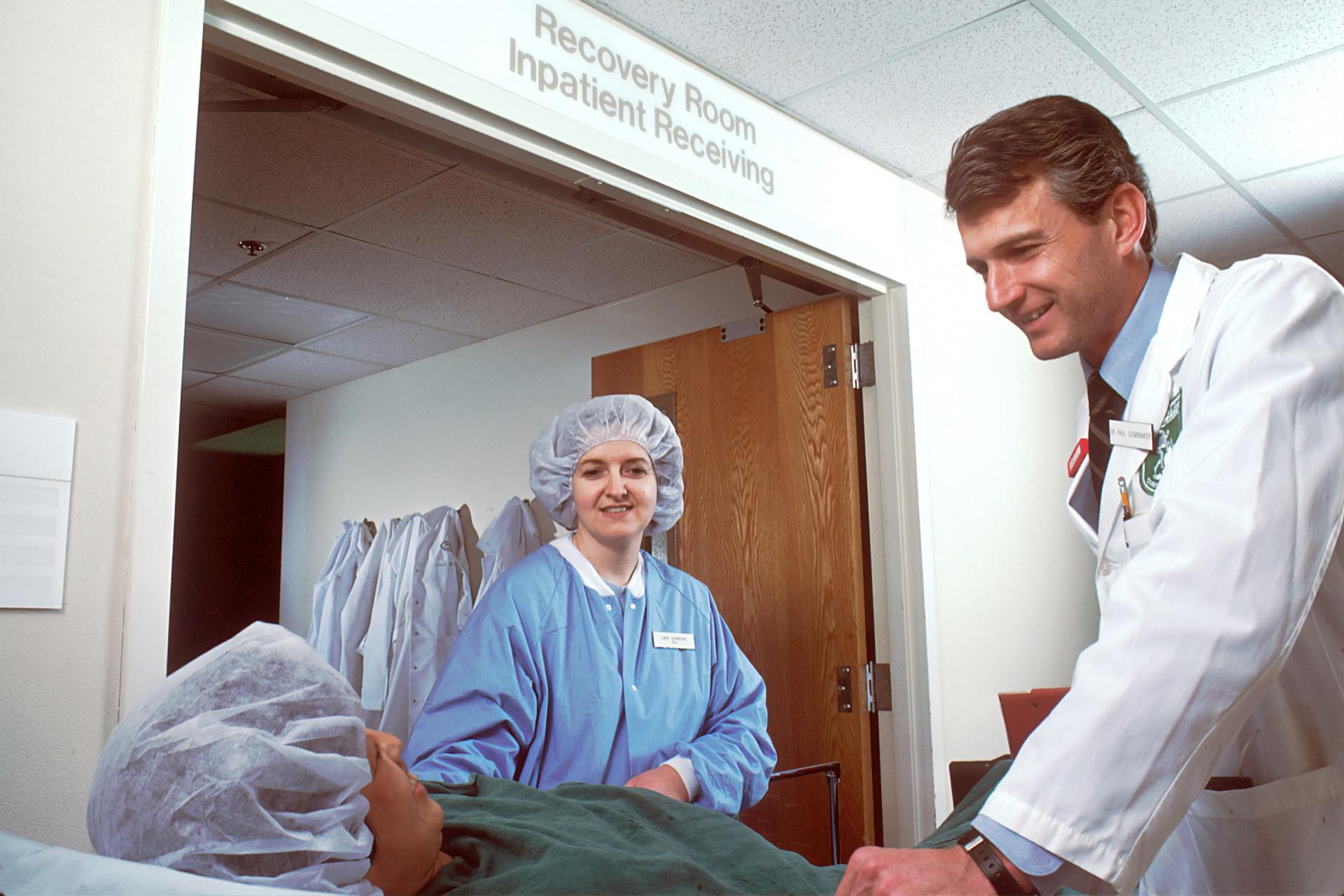Antimicrobial Stewardship
Core elements of antimicrobial stewardship
When considering the framework for a hospital AMS program, one might readily consult the list of core elements
for AMS developed by the Centres for Diseases Control in the United States. These are very useful and align well with the core elements for IPC programs. The list is provided below, along with some commentary or examples of each element.
- Leadership: Executive and clinical leaders have made AMS a priority.
- Accountability: There is a policy for AMS, which is clear about roles/responsibilities.
- Expertise: Prescribers know where to find appropriate expert assistance.
- Action: The program has decided on target issues and is taking action.
- Tracking: The program has decided what will be monitored to measure change.
- Reporting: Findings are communicated simply, focusing on ‘actionable’ issues.
- Education: Use local data for reflection and learning where possible.
In the UK, a popular and very simple recommendation
has been to consider structure and processes as the key elements that lead to desired outcomes.
When thinking about these core elements from CDC, it may be helpful to categorise them into structural elements and processes or activities.
Leadership, accountability and expertise: these elements are describing what the program must have in place. They may be grouped together as 'structural elements'.
Action, tracking, reporting and education: these elements describe what the program is doing on a day-to-day basis. They may be characterised as ‘processes’.
Structures:
- governance - leadership (executive and clinical) and accountability;
- policies (rules); and
- resources - staff time, access to experts and tools.
Processes:
- education,
- prescription interventions - restriction/approval and review; and
- audit and feedback.
Structures
Governance
The executive must take ownership of the AMS program and responsibility for its success should lie with them. The AMS program should be embedded within the wider quality and safety framework of the organisation. External drivers such as accreditation standards may guide this.
Policy/rules
These include any policies that provide the mandate for the AMS program to act. Staff need to understand how the AMS program fits into the organisational system and what responsibility prescribers have to comply with recommendations.
Resources
- Staff: Executive must allocate appropriate resources (in terms of staff with the necessary skills and time) to the AMS program and must be realistic about what they can expect to achieve with this resource allocation.
- Expertise: Each facility needs a clear understanding of how it can gain access to expert advice. This is likely to include infectious diseases clinical advice, specialist antimicrobial pharmacist advice and clinical microbiology advice. Many hospitals will not have these experts on site, but they need to know where such assistance can be obtained.
- Tools: Where possible, prescribers and AMS team members should be provided with access to tools to help support the program. Depending on the size and sophistication of the program, these might include online education, computerised decision support for prescribers, rapid diagnostic tests, use of telehealth to consult with experts, auditing tools, etc.
Processes
Education
Education generally centres on the delivery of information. However, it should ideally focus on both improving knowledge and changing attitudes.
The AMS program should help to foster a culture of quality and safety, mutual responsibility, transparency and accountability. Staff ideally should not think of themselves as individual practitioners in private contract with patients. Instead, they should understand that they function within an organisation. Unjustifiable variation from evidence-based care may represent substandard care. This is one of the cornerstones of AMS. Education should be available as part of continuing professional development for all healthcare staff. Speaking directly to senior doctors, junior doctor, pharmacists and nurses is important so that they can understand that they each have a role in promoting best practice in antimicrobial use.
Evidence should always be presented in a manner that is relevant to the clinician. It often needs to be interpreted in the light of other data and distilled to how it impacts upon clinical care. This is what good guidelines do. Guidelines should be written by multidisciplinary groups of experts and endorsed by professional groups ideally. What works in one country may not suit another due to local pathogen profiles, drug availability, etc. Hospital policy needs to be clear about which guidelines are endorsed at the institution. These should always be officially endorsed by the AMS committee to ensure broad stakeholder review. 'Local' guidelines that suit the preferences of individual prescribers and cannot be objectively justified should be avoided.
The mere existence of guidelines and endorsement is not enough. They must be implemented. Make them available at the point of care – on the hospital intranet, internet shortcuts, mobile devices, etc. Lanyards and posters, pre-printed forms and clinical pathways can help too. Make it easy to do the right thing - make the right drug the most accessible drug. Ensure all members of the health team know about the guidelines and can access them.
Prescribing workflow interventions – restrictions and review
These are activities that are designed to influence directly what will be prescribed for an individual patient at the point of care. Strategies that target or are built around the time of prescription of antimicrobials can be characterised as restrictive (e.g., the rules that require a prescriber to get approval before use of highly restricted agents) and persuasive (e.g., expert advice to guide use for individual patients). These approaches typically co-exist and work in concert together. Evaluations have generally suggested that while restrictions are more likely to achieve rapid short-term impact on prescribing behaviours, persuasive strategies possibly achieve longer-term change.
Pre-prescription approval
For some drugs, the AMS committee may wish to encourage prescribers to be more judicious about their use. Often these will be broader-spectrum antimicrobial drugs, expensive drugs, or drugs with high potential toxicity. In such cases, the drugs are often termed ‘restricted’. There may be a requirement to document an indication for use and only if this matches one of the pre-determined indications for use will an approval be generated for the drug to be given for a defined period of time, e.g., 3 days. In many institutions, there is also a group of ‘highly restricted’ drugs. They are often the last-line agents that are reserved to treat the most highly resistant pathogens. The organisation’s prescribing policy may dictate that all prescriptions for these agents should have expert consultation.
Post-prescription review
In many institutions, the pre-prescription approval procedures described above are coupled with post-prescription review and extended approval procedures. The prescribing policy may dictate that beyond a certain period (e.g., >3 days), all prescriptions for restricted drugs require a review by a team of experts (the AMS team) to verify that prolonged use is appropriate. The AMS team then ‘extends’ the initial approval. In some centres, even for non-restricted antimicrobial drugs, an expert review is necessary for prolonged use (e.g., >7 days of parenteral therapy). This can help to ensure that opportunities for IV-to-oral switch are acted upon, and that patients with complex infections (the infections that most often require prolonged parenteral therapy) are getting expert input.
Audit and feedback
The AMS program needs to have an awareness of the variety of data sources that may be available to them to monitor prescribing and the impact of prescribing. Data can sometimes be obtained passively from continuous monitoring systems through measurement of drug purchasing, volumes of consumption, etc. There may be more active auditing to gather specific data to answer questions about perceived problem areas. How such data are collected and interpreted must be planned carefully. One may elect to monitor a process measure, such as concordance with guidelines, or an outcome measure, such as mortality for pneumonia, or the incidence of Clostridium difficile
colitis. Monitoring trends over time is usually important, and external comparisons can be helpful if appropriately adjusted for confounders. In all cases, appropriate ways to report and feedback data must be determined.




















